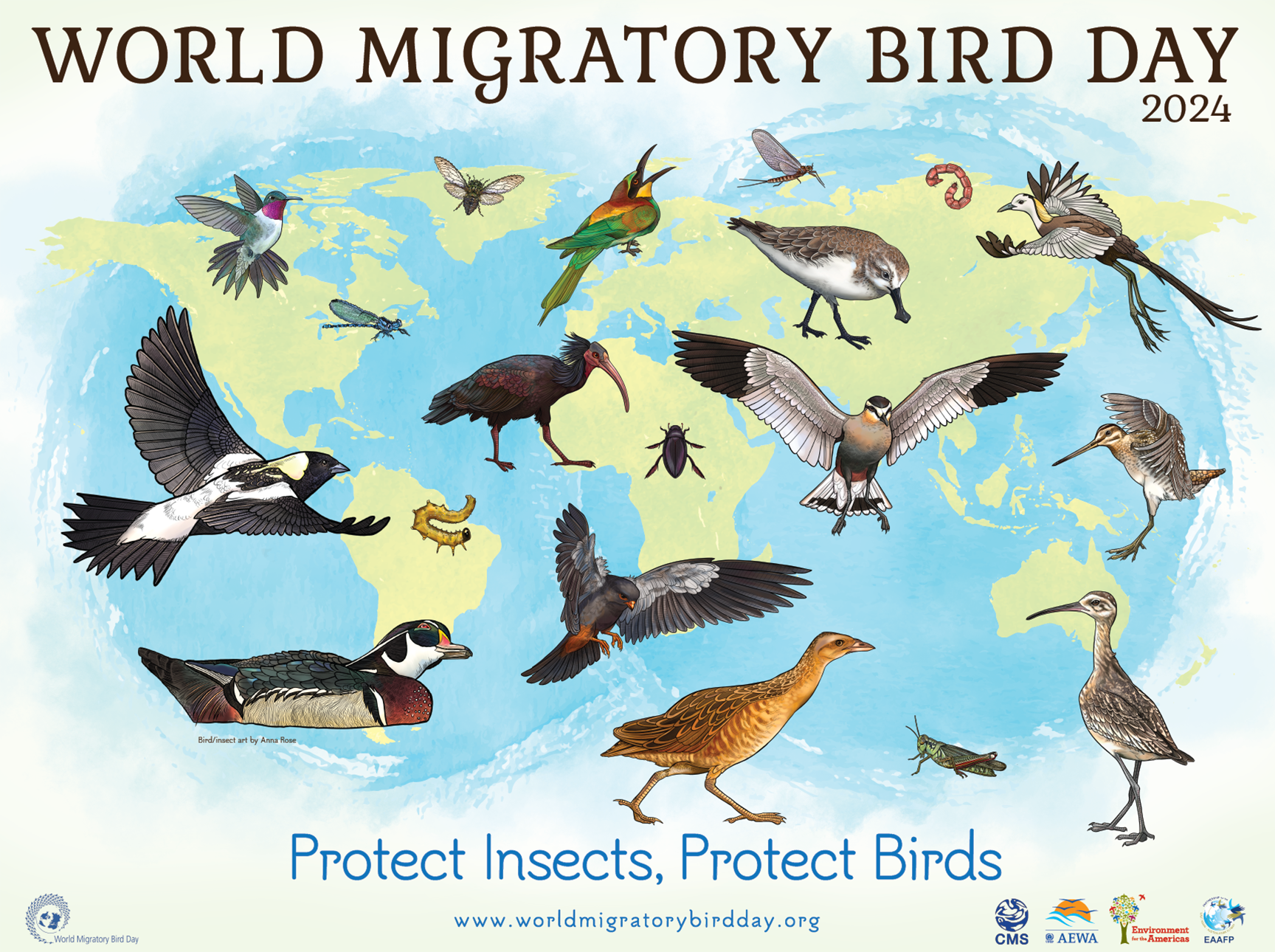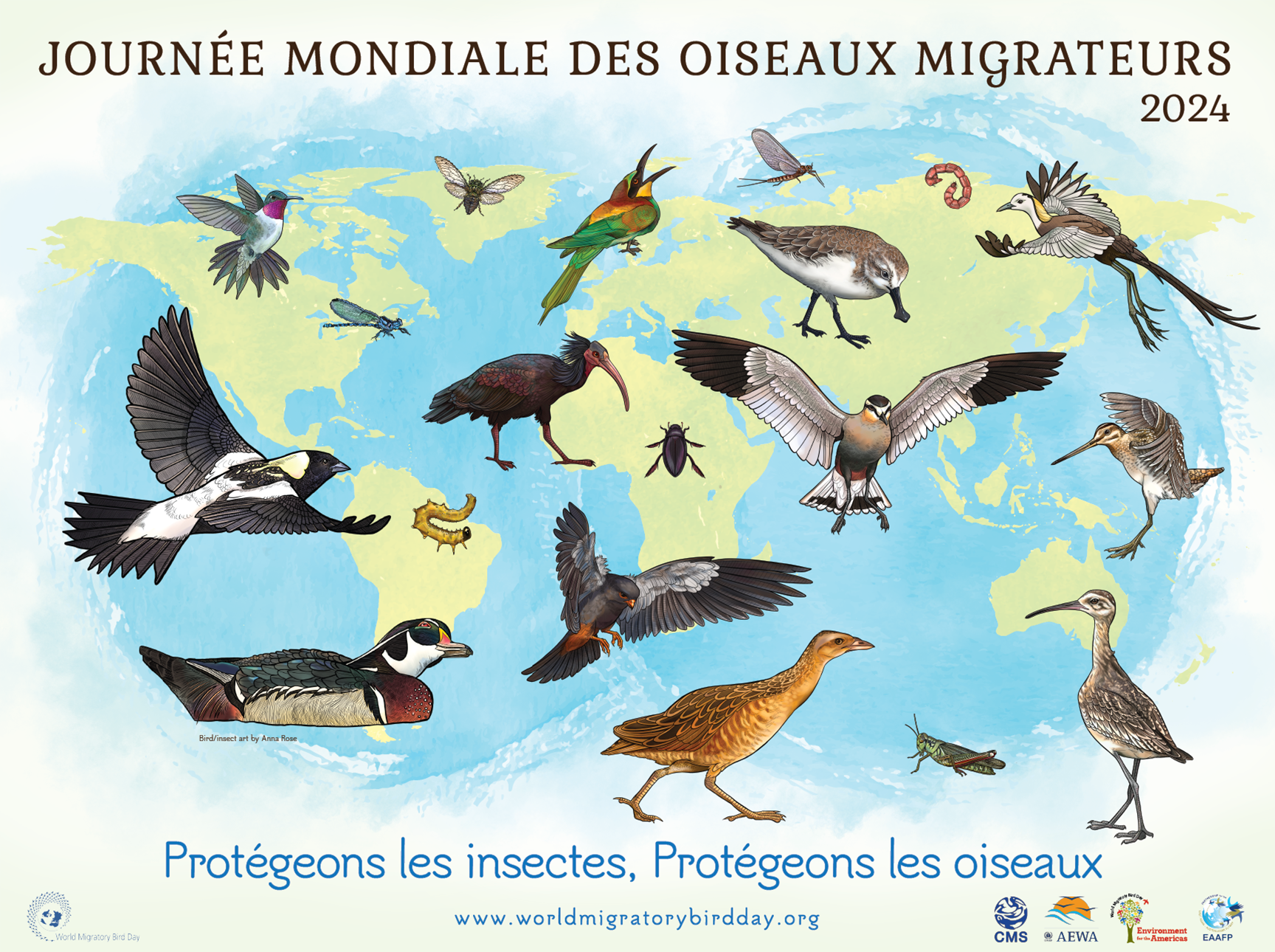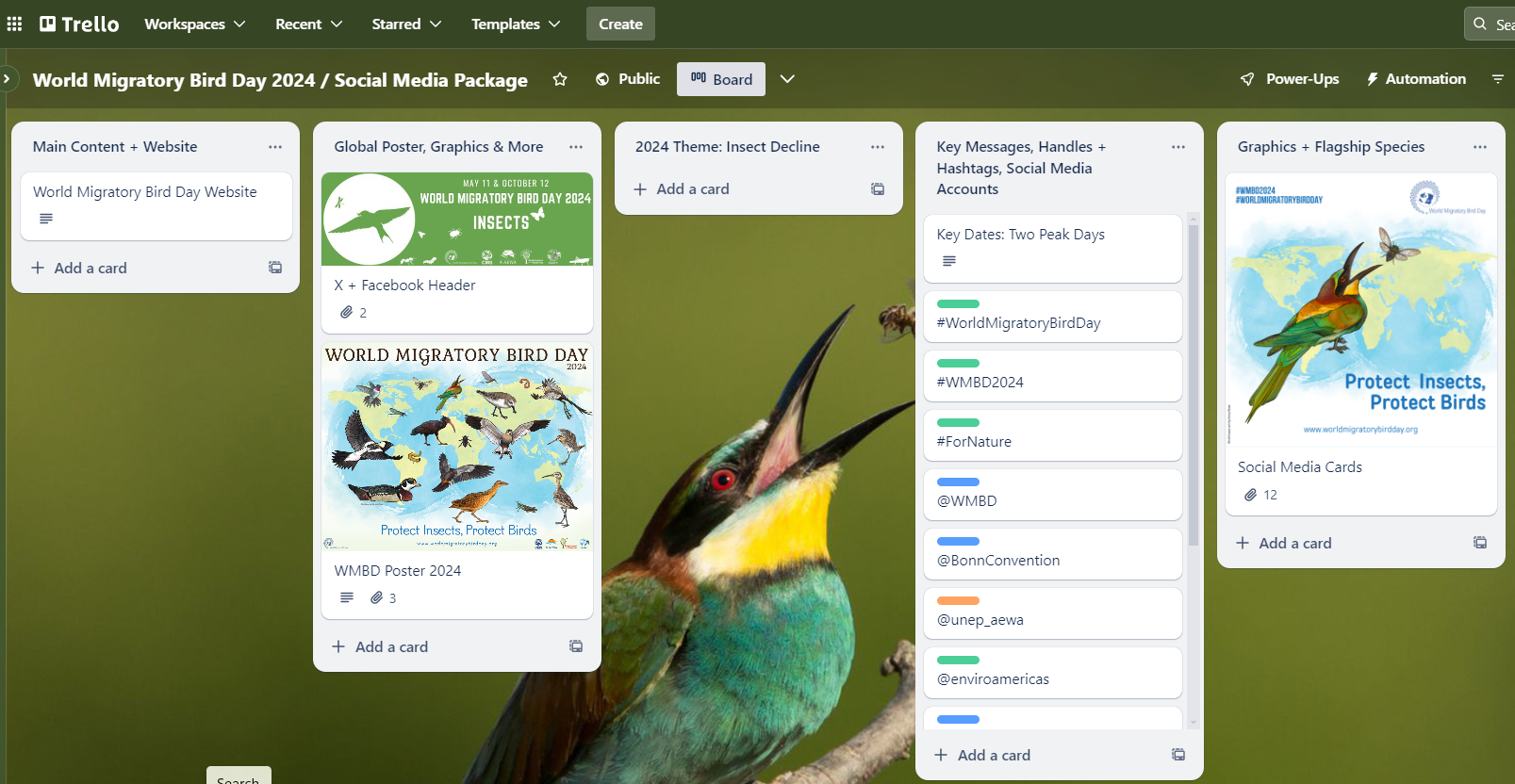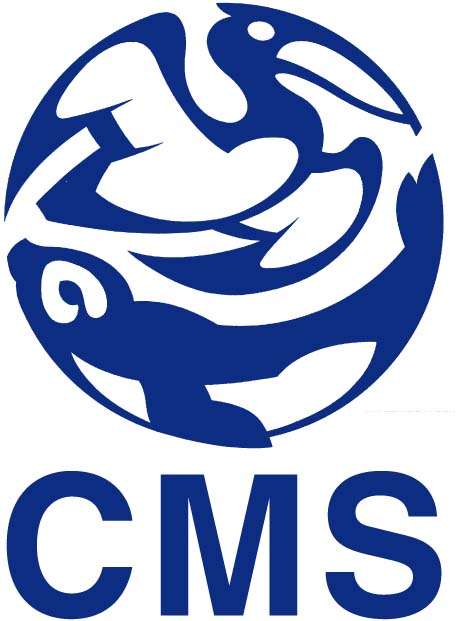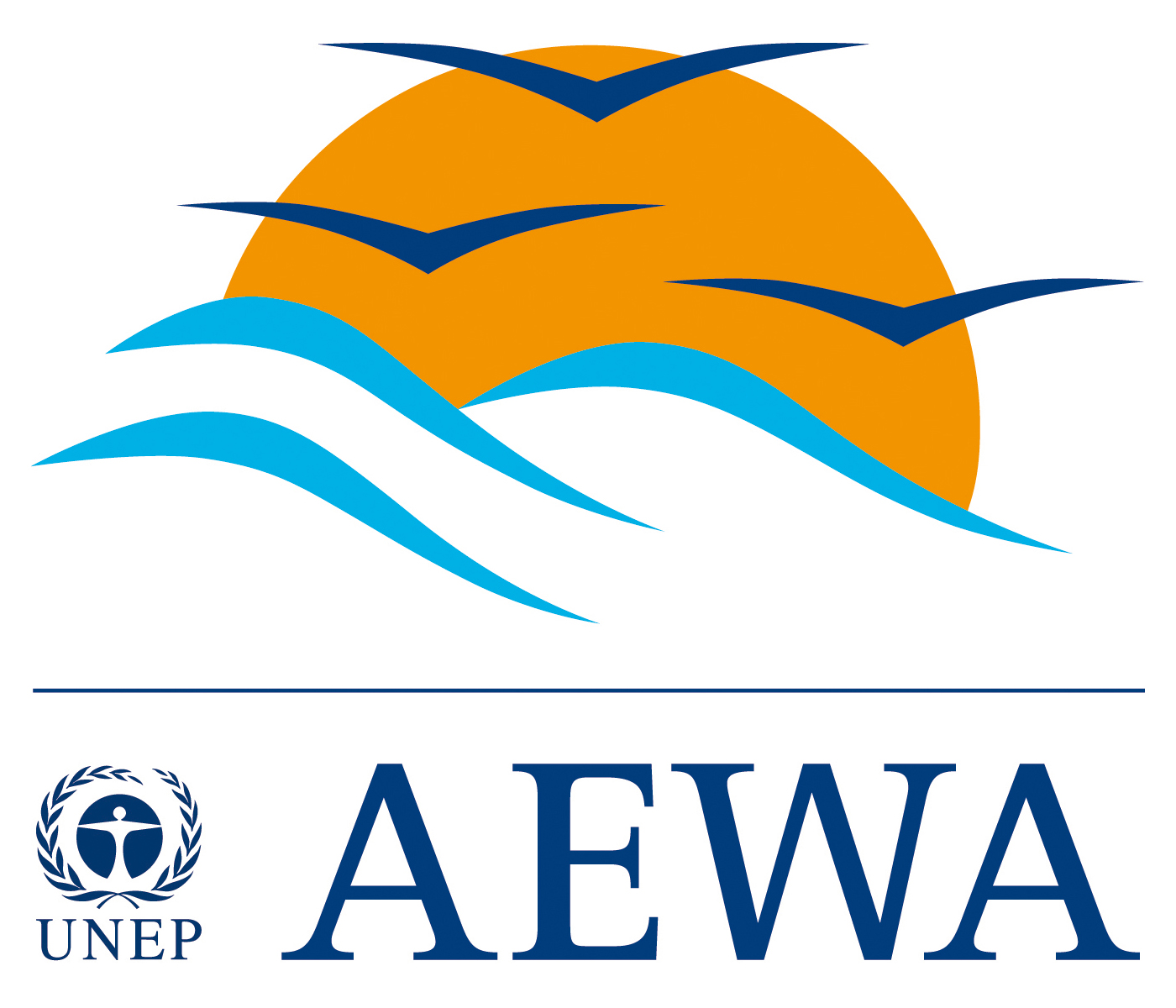You are here
Resources
The WMBD 2024 poster is also available in several other languages and can be downloaded from here.
Slogan
| ENGLISH | Protect insects, protect birds | CHINESE |
保护昆虫,保护鸟类 |
| FRENCH | Protégeons les insectes, Protégeons les oiseaux | PORTUGUESE |
Proteja os insetos, proteja as aves |
| SPANISH | Protege los insectos, protege las aves | GERMAN | Schützen wir die Insekten, schützen wir die Vögel |
| RUSSIAN | Защищайте насекомых, защищайте птиц | KISWAHILI | Linda wadudu, linda ndege |
| ARABIC | قوموا بحماية الحشرات، وحماية الطيور |
Key Messages
BACKGROUND
Bird migration is a natural phenomenon that has captured the imagination of people across cultures for centuries. These annual journeys involve the mass movement of birds across vast distances, often spanning continents, and are driven by a combination of instinct, environmental cues, and survival strategies. Migration is a complex behavior that serves various ecological, evolutionary, and survival purposes. Yet, the very phenomenon of bird migration is under threat, particularly due to declining insect populations, upon which many migratory birds rely for sustenance.
Insects provide essential energy for migratory birds, offering a rich source of nutrients critical for their survival. They rely on insects for energy during migration and other stages of their life cycles, especially when feeding their offspring. However, the massive decline in insect populations in many parts of the world is having serious implications for migratory birds. This year’s World Migratory Bird Day will therefore shine a spotlight on the interdependence between insects and birds, urging action to protect insects as a means to safeguard avian populations.
The campaign will explore the intricate relationship between birds and insects, and highlight the challenges faced by both as well as actions people can take to address the threats and halt the decline in insects. Below you will find a set of key messages and recommended actions and conservation measures which will be promoted through this year’s campaign.
SUMMARY OF KEY MESSAGES
- Insects provide the necessary energy for migratory bird species, because they contain remarkable nutrients, providing birds with protein-dense, high-energy sources of food. Migratory bird species depend on insects during migration and at other stages of their life cycles when feeding their offspring.
- The presence of insects greatly influences the timing, duration, and overall success of bird migrations. During stopovers at various locations along their migration routes, birds actively forage for insects in fields, forests, wetlands, and other habitats. They catch flying insects in mid-air, or they search for insects among leaves, bark, and vegetation. Many birds’ journeys coincide with peak insect abundance in their stopover areas.
- This reliance on insects is especially pronounced for species such as warblers, flycatchers, swallows, and swifts. However, many other bird species such as ducks or shorebirds, and some raptors depend on insects during migration and at other stages in their lifecycle, in particular for raising their young before they are able to fly.
- Insect populations are declining globally, and this phenomenon is mirrored by a decrease in populations of birds that depend on insects for their survival.
- Migratory birds bring multiple benefits to humans as insect eaters, providing pest control for mosquitoes, and other insects that may damage crops and spread disease.
- 85 percent of flowering plants require animal pollination; in most cases this job is done by insects. If we lose those pollinators, many plants will struggle to survive, and by extension many migratory birds that depend on them.
- Actions taken to reduce insect declines will benefit birds across their flyways.
- Migratory bird monitoring has shown that insectivorous migrants associated with farmland ecosystems, especially grassland species, have declined considerably (13% on average in Europe during the period 1990-2015).
- Restoring grassland ecosystems, providing support to farmers to secure flower strips and fallow land is vital to restore insect and migratory bird populations globally.
- Close monitoring of migratory birds, using citizen-science tools and raising awareness through environmental educational campaigns, can deliver vital data to restore and manage critical habitats, and ensure their connectivity, for migratory birds.
- Maintaining and/or restoring water bodies is essential to protect insectivorous aquatic communities, including many waterbird species.
- The insect-eating bird diet encompasses a diverse range of insects including: Aerial insects such as flies and mosquitoes, moths and caterpillars, butterflies and beetles, and aquatic invertebrates.
Please note: The World Migratory Bird Day logo and poster can be downloaded here in various formats. We strongly encourage you to incorporate these in your WMBD messages, activities and information materials. They can be used free of charge and have been produced for the sole purpose of spreading the news about WMBD!
World Migratory Bird Day Event Photos

World Migratory Bird Day Event Photos can be viewed on the WMBD Flickr account. Share your event photos, event reports and local WMBD news articles with the global WMBD community! Learn how to instantly upload them here.
Royalty Free Photos
 White Pelican (Pelecanus onocrotalus)
White Pelican (Pelecanus onocrotalus)
© Sergey Dereliev (UNEP/AEWA) [website]
Download the picture as: JPG [146 kB]
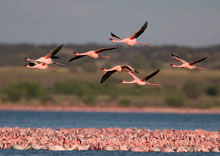 Lesser Flamingo (Phoeniconaias minor)
Lesser Flamingo (Phoeniconaias minor)
© Mark Anderson
Download the picture as: JPG [146 kB]
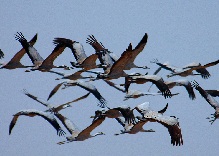 Migratory Birds in Flight - Common Cranes © Jussi Mononen
Migratory Birds in Flight - Common Cranes © Jussi Mononen
Download the picture as: JPG [146 kB]
Spoon-billed Sandpiper
© Smith Sutibut
Download the picture as: JPG [419 kB]
 Migratory Birds and Culture: Bird Watchers
Migratory Birds and Culture: Bird Watchers
© Andy Hay
Download the picture as: JPG [526 kB]
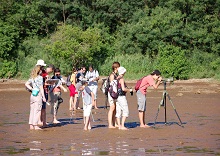 New Caledonia
New Caledonia
© Jerome Spaggiari
Download the picture as: JPG [419 kB]
© Sergey Dereliev (UNEP/AEWA)
Download the picture as: JPG [419 kB]
 WMBD 2010 event in Leh, Ladakh, India
WMBD 2010 event in Leh, Ladakh, India
© WWF
Download the picture as: JPG [170 kB]
 WMBD 2009 event in Gabes, Tunisia
WMBD 2009 event in Gabes, Tunisia
© Naoufel Hammouda/AAO
Download the picture as: JPG [409 kB]
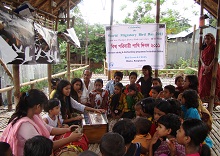 WMBD 2011 event in Bangladesh
WMBD 2011 event in Bangladesh
@ Dhaka Sourav
Download the picture as: JPG [162 kB]
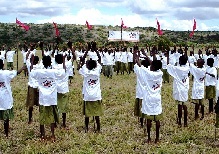 First WMBD in Kenya, 2006
First WMBD in Kenya, 2006
© Catherine Lehmann
Download the picture as: JPG [402 kB]
Note to the photos: Because we want to be 100% certain that the photos we offer on this page are royalty free, we chose to offer the ones above. However, if you would like to donate your pictures for use in the context of future WMBD campaigns please contact us.
Do you have ideas for improvements? This is where we need you! Please contribute to the WMBD Website or give us feedback.

